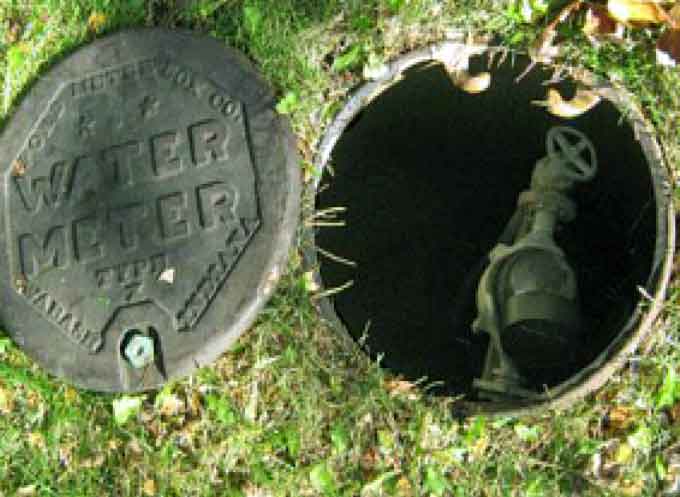
Guest editorial by Dave Minyard, Telecommunications Manager at United States Department of Defense
With all the focus on security of facilities, very little has been done to bring a paradigm shift on residential infrastructure at the very point of entry into a residential pertaining to single family or town house dwellings.
Namely, electric meters, water shut off, gas shut off, and communication.
To add to the issue, some companies are now offering technology that allows their drivers to access your residence and place packages inside “securely”.
Focusing on the four utilities, let’s look at the meter box on the side of a house.
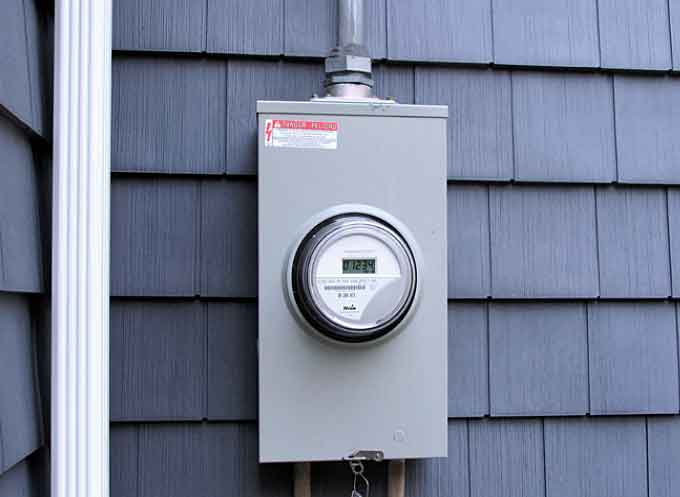
One would think the very fact that there is live power going through it, would be a natural deterrence from tampering.
Or the fact that it is quite a legal issue should someone tamper with it.
That doesn’t seem to stop burglar’s though.
And once the power is out in a house, it renders most technology inoperable.
And if it is cut by means of a tool of sort by an unauthorized individual, it would require the Power Company to reconnect only after it has been corrected by a Licensed Technician, a Permit applied for, and an inspector to verify.
Overall, this is quite a process.
The water shut off valve is located within the first 10 feet of the property line and requires a basic tool to access (that is available through any basic hardware store.)
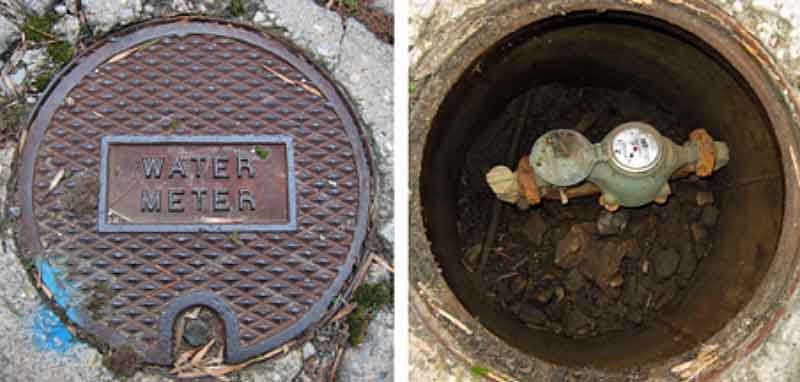
Anyone can purchase this tool and turn off the water at this valve without entering the property.
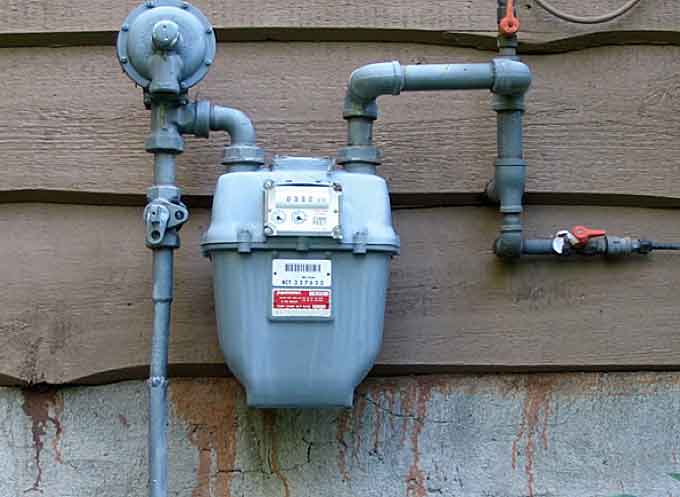
Like the electric meter, the gas shut off, or the communication lines, it is not monitored by the utility company.
The Gas utility cut off is variable on accessibility.
It is located at times outside and accessible.
There are times, that the valve and meter is located inside the property in the utility room.
And thanks to You Tube, one can learn how to shut off the valve online.

Communication Lines are either overhead and then penetrate the house, or are underground but then come out of the ground to terminate inside a Demarc point then go inside the house.
Again, either are easy to terminate.
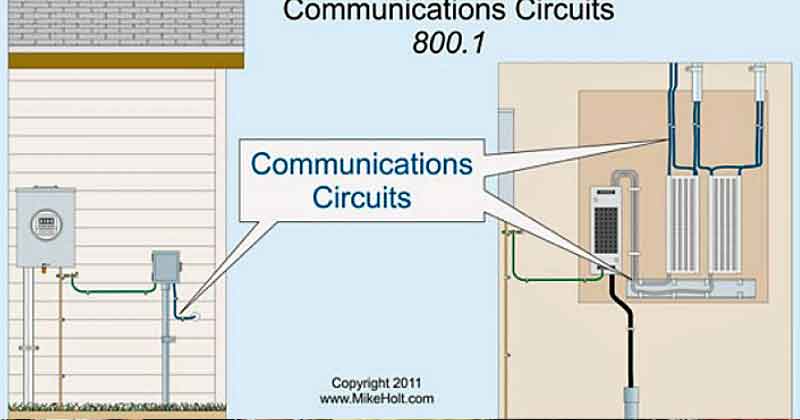
Like the electric meter, the gas shut off, the water shut off, the communication lines are not monitored by the utility company.
Mitigation
These issues require mitigation at the Architectural level, and then move over to the Code Enforcement side in order to mandate and push a paradigm shift to reduce risk.
To correct existing issues would require a tremendous amount of planning and resources on the side of owners as well as utilities.
Companies that provide these do not have any other means to facilitate the utility.
This is a challenge that can be taken on by small business at the granular level.
First they need to understand the issue, then next propose internal solutions that can be presented to their customer base.
When homeowners recognize and understand the risks inherent in utility vulnerabilities, and how easily they can be breeched, it is only a matter of their ability to contract the small business to perform the work.
About the Author:

After the attack on 9-11-01, Dave Minyard was invited to the Pentagon to assist.
This included development of Antiterrorism Operational Programs to bolster protection.
Since 2002, Dave has worked as a Subject Matter Expert in financial and technical oversight of Chemical, Biological, Radiological, Nuclear, and Explosion Protection (CBRNE), Process Engineering, Telecommunications, E911, Billing Mitigation, Threatening and Harassing Call mitigation, Wireless Telecommunication, and a number of other Security elements for the Department of Defense.
Learn More…
And More…
Is Your Federal Facility In Compliance with Executive Order 12977
















